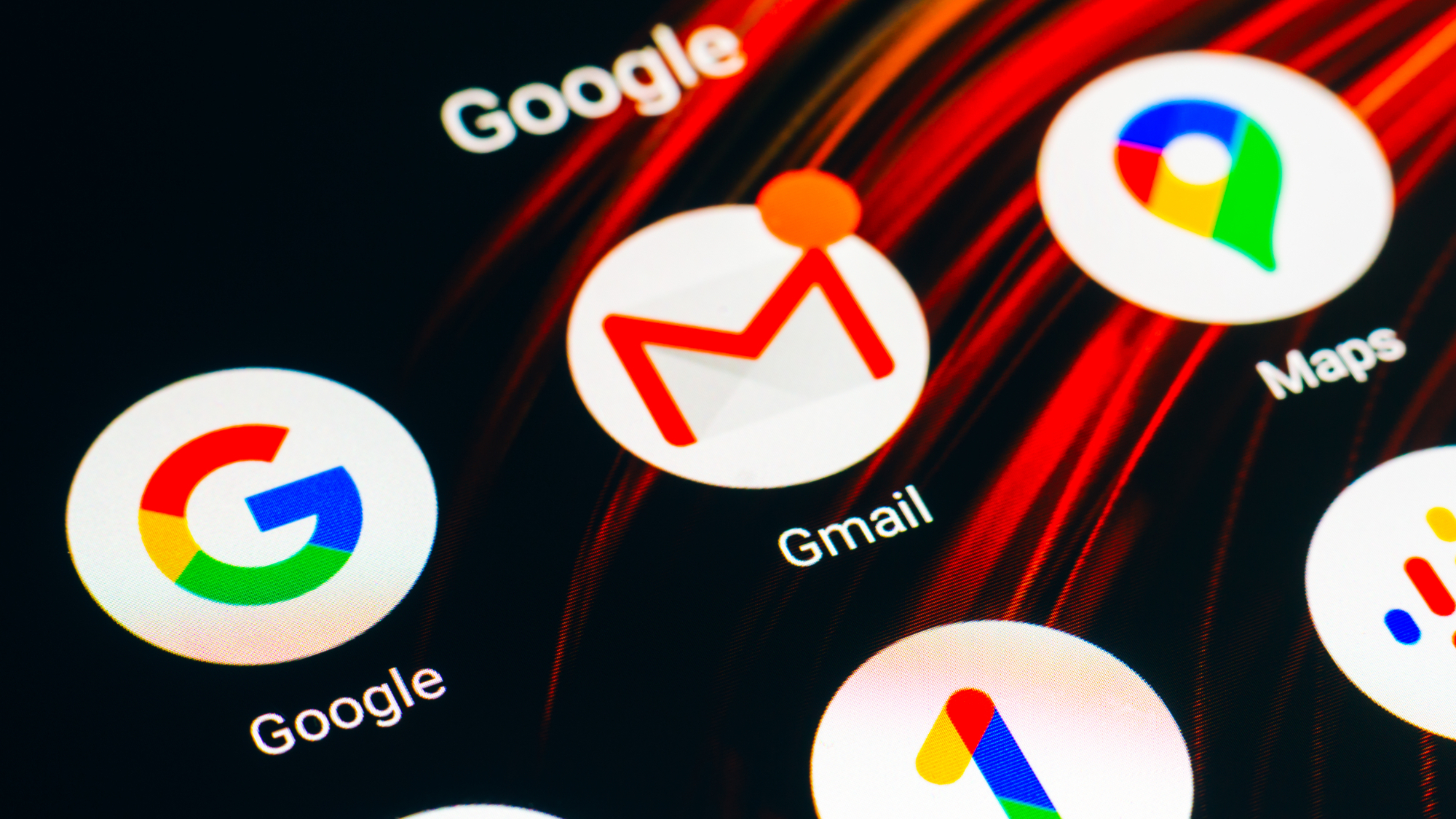
And some tips on how to keep those accounts from being nuked.
How many Google accounts have you created in your lifetime? And how often do you log into them? If your answer to those questions is “I don’t know,” then Google’s latest policy update is most likely aimed at you.
Google is updating its policy on inactive accounts to protect users from “security threats, like spam, phishing scams, and account hijacking.” To do so, Google accounts that have not been used or signed into for at least two years will be deleted, starting later this year.
This means you kiss the entire Google Workspace suite (Drive, Gmail, Docs, etc.), Youtube account, and Google Photos goodbye. So if you have a folder of pictures from your college days or an old draft of that sci-fi novel you said you would finish, you should log in and keep that account active.
According to Google, the rationale behind the policy change is a matter of security. It claims the chance of unused accounts becoming compromised are higher since they often use old passwords and are less likely to have two-factor authentication attached to the account.
Even though the policy change is in effect now, Google will start deleting accounts in December 2023, beginning with accounts that were created but never used. Before an account is deleted, multiple warnings will be sent to your inactive account’s email and recovery email leading up to deletion.
All you have to do to keep it active is to sign in at least once every two years, or do something like read and send an email, watch a Youtube video, or download an app from the Google Play store while logged into your account.
This policy only applies to personal Google accounts, not school or business accounts. And if you have accounts you don’t plan on using or don’t care if they get deleted, you should back up any important files and delete the account yourself to avoid any potential security risks.
(Image credit: Cooler Master, EKWB)
Best AIO cooler for CPUs: All-in-one, and one for all… components.
Best CPU air coolers: CPU fans that don’t go brrr.
It’s also a good idea to add two-factor authentication to the accounts you do use, just to be the safe side.
One thing to consider is the accounts of people who died, and content associated with their accounts, like photos and videos, could be lost forever.
Twitter announced a similar policy of purging inactive accounts earlier this month, which faced backlash after users like former Id founder John Carmack pointed out that this would eliminate a lot of legacy content and start a “land grab” of freed-up usernames.






